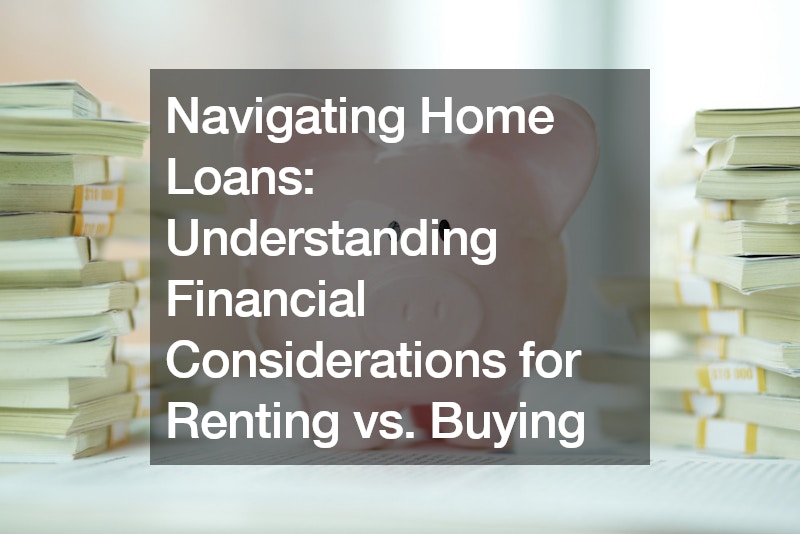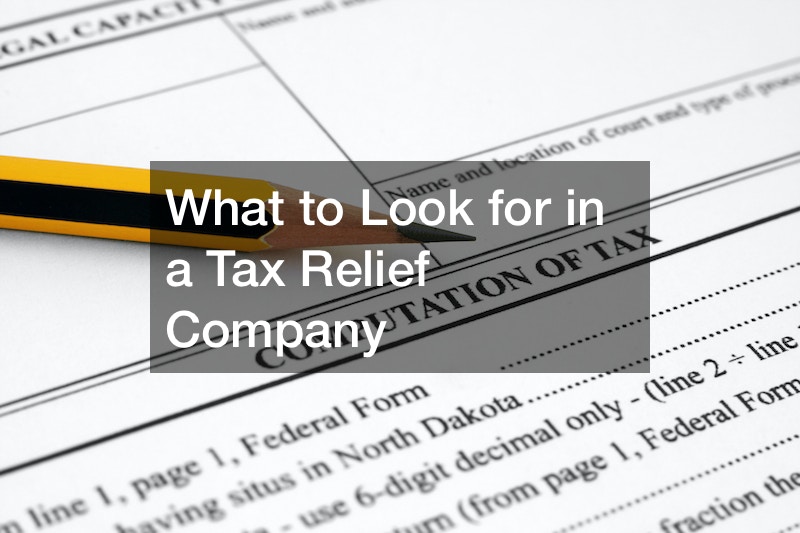
Across the United States, the question of renting versus buying a home is a significant life decision. Both options offer unique advantages and disadvantages, and the "right" choice depends on your individual circumstances, financial goals, and long-term plans. This comprehensive guide will equip you with the knowledge needed to navigate home loans and understand the key financial considerations for renting versus buying in the US housing market.
Understanding Your Financial Landscape:
Before diving into the specifics of renting and buying, take a deep dive into your own financial situation. Here’s what to consider:
Income and Savings: Evaluate your current income and monthly expenses. Factor in potential future income growth.
Assess your current savings and ability to make a down payment on a home. Debt: Existing debt can impact your credit score and ability to qualify for a mortgage. Develop a plan to manage and pay down debt before considering homeownership. Long-Term Goals: Do you plan to stay in one location for several years, or are you more flexible? Owning a home requires a longer-term commitment than renting. Financial Breakdown of Renting:
Renting offers flexibility and predictable monthly payments. Here’s what to consider financially:
Rent: This is your primary monthly housing expense. Rent prices can fluctuate depending on location, property type, and market conditions. Factor in potential rent increases when budgeting for renting long-term. Utilities: Depending on your rental agreement, you may be responsible for some or all utilities like electricity, water, and trash collection. Security Deposit: Landlords typically require a security deposit, often equivalent to one month’s rent, which is returned upon move-out if the property is left in good condition. Limited Equity Building: Rent payments don’t contribute to building equity, unlike mortgage payments that build ownership over time. Pros of Renting:
Flexibility: Renting allows you to move freely without the constraints of homeownership. This is ideal for those with careers or lifestyles that require frequent relocation. Lower Upfront Costs: Moving into a rental requires a security deposit and potentially first month’s rent, but eliminates the need for a down payment or closing costs associated with buying a home. Maintenance Responsibilities: Landlords are typically responsible for major repairs and maintenance of the property. Cons of Renting:
No Equity Building: Rent payments don’t contribute to building long-term wealth through homeownership. Rent Increases: Landlords can raise rent prices over time, impacting your monthly budget. Limited Control: You may have limited control over renovations or modifications to the property. Financial Breakdown of Buying with a Home Loan:
Homeownership offers long term benefits like equity building and potential appreciation in property value. Here’s the financial picture:
Down Payment: A significant upfront cost typically ranging from 3% to 20% of the purchase price. A higher down payment reduces the amount you need to borrow and lowers your monthly mortgage payment. Mortgage Payments: These monthly payments include principal (amount borrowed) and interest (cost of borrowing). The loan term (duration of the mortgage) impacts the interest rate and overall cost of the loan. Closing Costs: These one-time fees cover various administrative and processing expenses associated with purchasing a home. Property Taxes and Insurance: You’ll be responsible for paying property taxes and homeowner’s insurance, which can vary depending on location and property value. Maintenance and Repairs: As a homeowner, you’ll be responsible for all maintenance and repairs for the property. Pros of Buying with a Home Loan:
Equity Building: Mortgage payments contribute to building equity in the home, increasing your net worth over time. Potential for Appreciation: Home values can appreciate over time, potentially generating a profit if you decide to sell in the future. Tax Benefits: Mortgage interest and property taxes may be taxdeductible, reducing your overall tax liability. Control and Customization: You have the freedom to renovate and personalize your home as you see fit. Cons of Buying with a Home Loan:
High Upfront Costs: The significant down payment and closing costs can be a hurdle for some, especially firsttime homebuyers. LongTerm Commitment: Homeownership requires a longer-term commitment compared to renting. Selling a home can also involve time and additional costs. Maintenance Responsibilities: You’re responsible for all repairs and maintenance of the property, which can be time-consuming and costly. Understanding Home Loan Options in the US: Choosing the right home loan depends on your financial situation, credit score, and long-term goals. Here’s an overview of common home loan options available in the US:
Conventional Loan: This is the most common type of mortgage offered by private lenders. It requires a minimum down payment of 3% but offers lower interest rates with a higher down payment. Qualifying typically requires a good credit score (generally above 620). Federal Housing Administration (FHA) Loan: The FHA offers government-backed loans with lower down payment requirements (as low as 3.5%) and more flexible credit score qualifications (down to 580). These loans are ideal for first-time homebuyers with limited savings but come with additional mortgage insurance premiums. Veterans Affairs (VA) Loan: These zero-down-payment loans are available to eligible veterans, active-duty military personnel, and their spouses. VA loans offer competitive interest rates and don’t require private mortgage insurance, making them an attractive option for qualified veterans. USDA Loan: The US Department of Agriculture offers rural development loans for purchasing homes in designated rural areas. These loans often have lower down payment requirements and are suitable for borrowers with moderate income levels. Additional Factors to Consider:
Fixed-Rate vs. Adjustable-Rate Mortgage (ARM): A fixed-rate mortgage offers a consistent interest rate throughout the loan term, providing predictable monthly payments. An ARM offers a lower initial interest rate that adjusts periodically, potentially leading to higher payments in the future. Loan Term: The loan term (typically 15 or 30 years) impacts your monthly payment amount. Shorter terms come with higher monthly payments but allow you to pay off the loan faster and build equity quicker. Longer terms offer lower monthly payments but extend the overall interest you pay on the loan. Navigating the Home Loan Process:
Shop Around: Compare rates and terms from multiple lenders before committing to a home loan. Utilize online mortgage calculators to estimate loan amounts and monthly payments based on your financial situation. Get PreApproved: Obtaining pre-approval from a lender strengthens your offer when purchasing a home and clarifies the maximum purchase price you can afford. Work with a Real Estate Agent: A qualified real estate agent can guide you through the home buying process, negotiate offers, and connect you with resources like home inspectors and closing attorneys. Ultimately, the decision to rent or buy depends on your unique circumstances. This guide has equipped you with the knowledge to analyze your financial situation, understand the pros and cons of both renting and buying, and explore various home loan options available in the US housing market. By carefully considering all factors, you can make an informed and confident decision that aligns with your long-term goals and financial well-being.
.




